Frying pans and frescoes: a culinary education in Puglia
Roula Khalaf, Editor of the FT, selects her favourite stories in this weekly newsletter.
At the grocer’s shop in Ugento, a small town in the southern stretch of Puglia, Odette Fada eyes up big boxes of fennel, lemons, runner beans and green and red tomatoes that smell of the sun. There are overflowing buckets of lampascioni, the onion-like bulbs of the tassel hyacinth, and just-dug potatoes. Everything is organic, she explains, so nobody here bothers to label (or overprice) it as such. Fada, a chef who once marshaled a busy, fancy kitchen on Central Park and now runs the Puglia Culinary Centre, picks out a bag of lampascioni, and an armful of bushy artichokes. We drive on to the fish market at the port of Otranto, but stop when we see a little van selling strawberries from the boot. They are the smaller, sweeter variety so hard to find in the supermarket: half get eaten before we stop again.
This corner of Puglia is known for cucina povera, the simple cooking of modest working-class life, and the region was also once an important source of lamp oil pressed from local olive trees. (London, so the story goes, was at one stage lit entirely by oil shipped from Gallipoli.) Today the area doesn’t have industrial wealth, nor the luxurious attractions of a region like Tuscany. But tourism is increasing steadily and the bounty — olive oil, seafood, wine — is top-grade.
Fada grew up near Milan and, in 2016, came back to Italy to join an ambitious project to reopen Castello di Ugento, a 17th-century limestone fortress that had gradually crumbled into disrepair. Massimo Fasanella D’Amore, a former chief executive of PepsiCo Americas whose family has owned the castello since the 1670s, decided with his partner Diana Bianchi to buy out his relatives’ share and embark on a refurbishment that would turn the handsome yellow fort — Fada says it has a “stone soul” — into a boutique hotel with cookery school attached.
The daunting scale of the project, he says over a breakfast of almond croissants and strong coffee in the castello courtyard, was made worse by Puglian paperwork, its intricacies adding to the headache of simultaneously applying for EU grant money. “This is a beautiful monster,” he says, gesturing up to the limestone glowing in the morning sun.
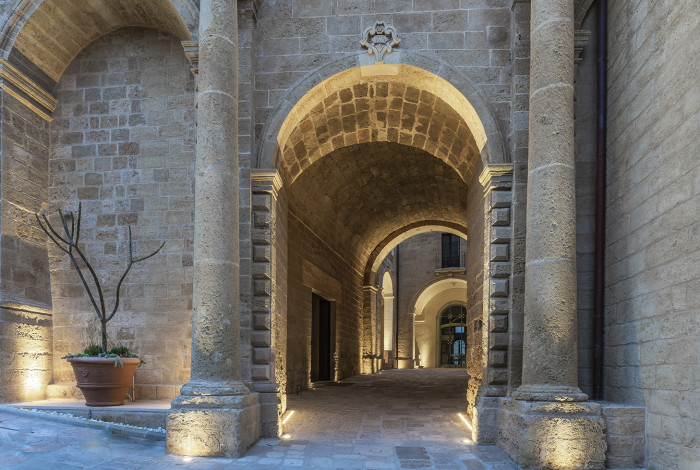
The slow, multi-million-euro task of making a crumbling castle fit for modern life (it took four and a half years in total) ended up being half financed by D'Amore himself and half by EU and Italian government grants, which stipulate the castello also open itself to the public. It does so through a stunning suite of frescoed apartments on the piano nobile, accessed by a beautiful blue and white baroque stone staircase. The D'Amore family, enjoying a period of wealth and stability, commissioned the frescoes in the 17th century and in fine, half-faded colour they tell cherubic stories of love, marriage and Greco-Roman myths.
After breakfast Fada and I set off on our shopping trip to gather ingredients for the morning’s tuition in how to whip up a three-course Puglian lunch. Browsing at the fish market in Otranto, Fada looks seriously at our choices: the gamberi rossi prawns, mussels and clams, which we sample raw like oysters, and box after box of fat anchovies. Fada spies some extra-fresh-looking small octopus, and we take these back to the kitchen.
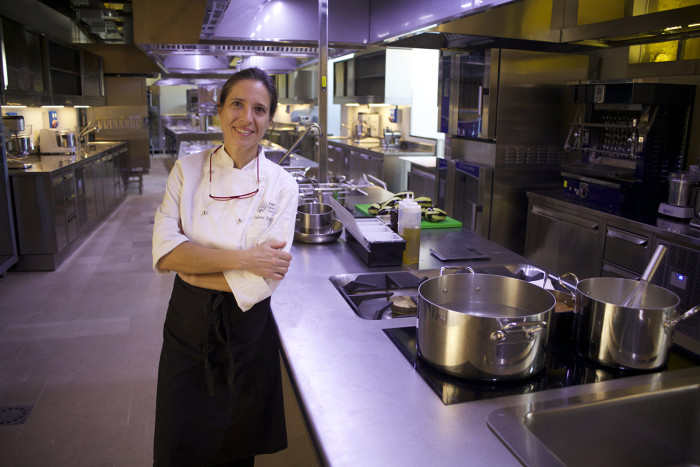
It was through D'Amore’s New York connections that the castello’s kitchens, now known as the Puglia Culinary Centre, won the extra distinction of running a course for the Culinary Institute of America — the Columbia of cookery schools in New York. The first students from America completed the course this year, staying in the D'Amore’s nearby hotel-farmhouse. Each day’s tuition on the CIA course begins with a lecture on Italian cuisine from Fada in a stone hall at the back of the castle, complete with a Norman fresco of a soldier going into battle peeping from the brickwork — lest any aspiring pastry chef forget the happiness of their lot.
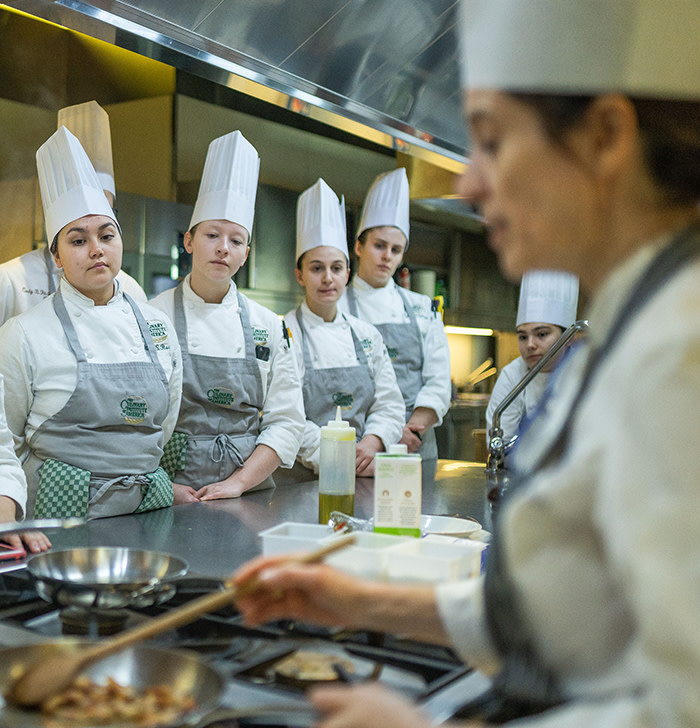
As cookery schools go, it’s an impressive example of the genre: the Electrolux mod-cons are all in place, of course, but it’s hard to think of another facility that could boast of vaulted stone ceilings, ancient olive presses and a view of an old stone carriageway for horses and carts. Unsurprisingly, many of the first year’s intake extended their Puglian stay where they could, taking on apprenticeships on local farms and working in restaurants.
Now that the castello is open to guests, they too can grapple with professional kitchen life through much shorter cookery courses. (The CIA term runs over the winter off-season.) In our chef whites, Fada and I are prepping what she terms a “simple” lunch. To me, as someone whose cookery efforts fit exactly Eugene O’Neill’s description of a cook in Long Day’s Journey Into Night: “It’s hard to know whether she’s doing her best or her worst”, the proposed sequence of wine-braised greens, handmade pasta with tomato sauce and octopus stew sounds like a deliciously high bar for culinary achievement.
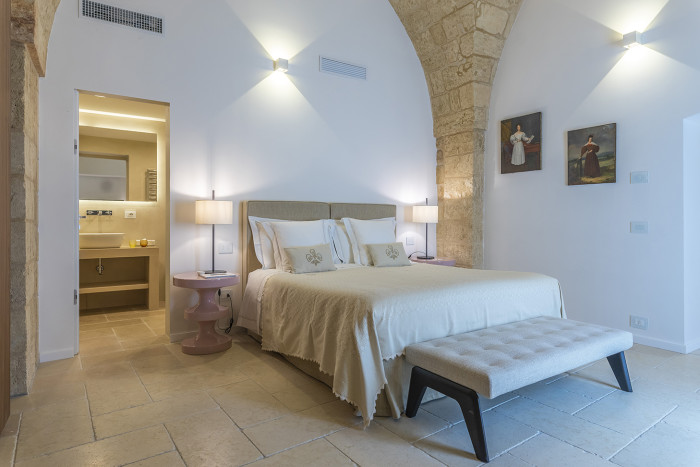
The vignarola — fresh fava beens, sweet peas, asparagus, and artichokes cooked in white wine and olive oil — is happily as easy as Fada promises it will be. We cut the veg, trimming the artichokes, snapping off the asparagus stalks and peeling them too, then fry minced onion and douse the big pot of greens in white wine and oil, till it makes a refreshing kind of salad-soup. Just-so with a salty slice of pecorino to serve. Orecchiette — little curled ears of egg-free pasta — are a local speciality, and having kneaded and rested the dough, we cut off little chips and shape the ear-twists with the back of a knife. This we serve with tomatoes quartered and fried in a pan of olive oil with a whole clove of garlic. The stew is also stress-free: chunks of octopus poached with black olives, cherry tomatoes, parsley, white wine. There is time to make taralli — the incredibly moreish little baked ribbons of dough common to this part of Puglia. It’s a satisfying lunch, which we toast with a glass of sparkling negroamaro from nearby winery Duca Carlo Guarini.
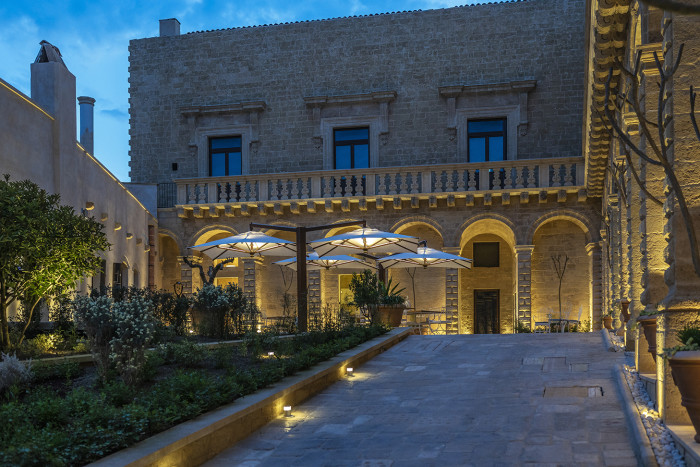
At the hotel’s restaurant Il Tempo Nuovo, whose chef Tommaso Sanguedolce has worked at the Ritz in London, the interpretation of Puglian cuisine is sophisticated but still rooted in local richness and flavour. Dishes such as risotto with wild bitter greens and salt cod, or burnt wheat spaghetti with skate wing, nod to some of the thriftier ingredients that cucina povera makes the best of.
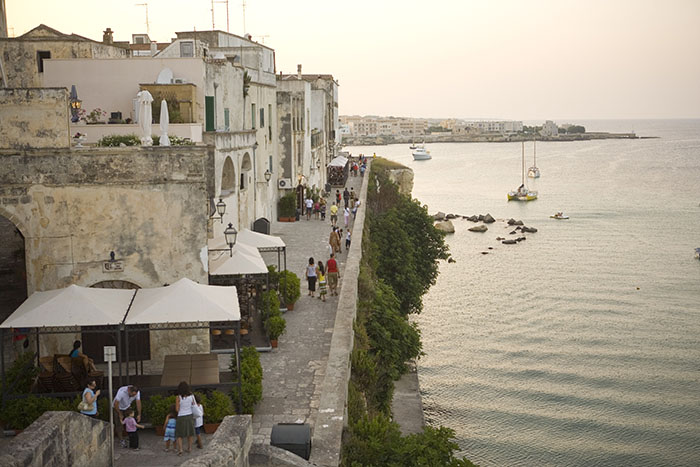
And there’s still the pomegranate tree in the old walled kitchen garden to pick from: growing after 250 years. Once wild and overgrown, taken over by pigs and chickens, the garden has been replanted and now has lush trellises with shady spots in which to lounge in the sun. New rows of herbs are also taking root. With the castello’s defences against time now repaired, they should supply plenty of chefs — both able and amateur — for years to come.
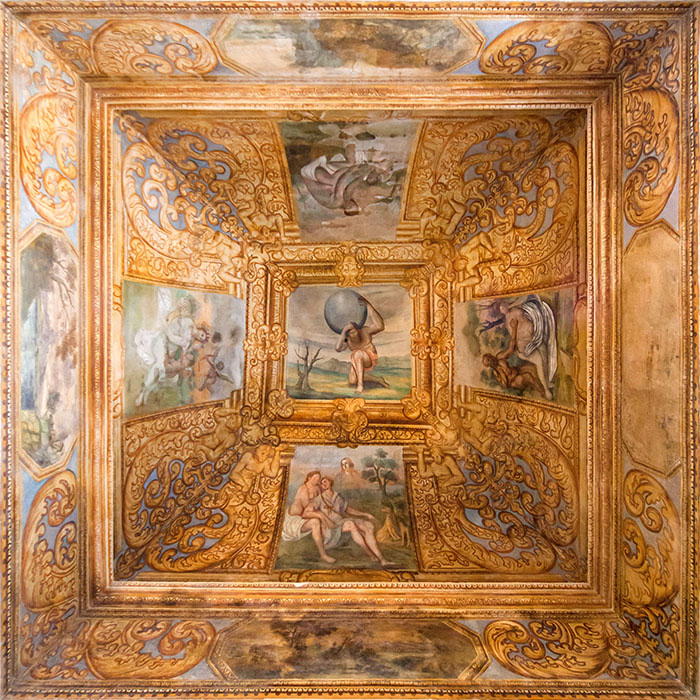
Details
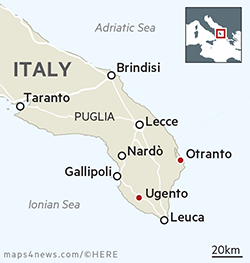
Natalie Whittle was a guest of the Castello di Ugento (castellodiugento.com).
It offers double rooms from €330; a day’s cooking course costs €250 per person based on two people (per person prices are lower the greater the number of students).
The airports at Bari and Brindisi have flights to various European cities
Recipes from the Castello
Taralli
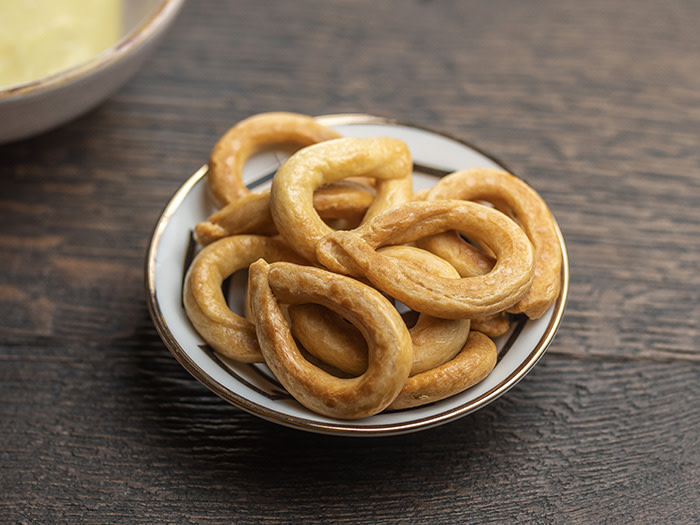
- Mix flour and salt, place on the board, make a well, add wine and oil.
- Work till the dough is smooth and elastic.
- Wrap in plastic and allow to rest for an hour.
- Roll out to about ¾ cm thick. Cut in strips and roll them by hand to get the stick about 12cm long. Close each stick, pressing a little so it will not open, giving the “taralli” shape.
- In a large pot, bring water to boil, drop the taralli in and, when they start trying to float, drain them with a spider and place them on a slotted tray. Let them dry for a few minutes.
- Transfer the taralli on to a sheet pan lined with parchment paper.
- Bake in a pre-heated oven at 190C for 15 minutes (depending on the thickness).
- Any favoured flavour can be added to the dough. Most common are fennel, peperoncino, black pepper.
Polipetti Affogati
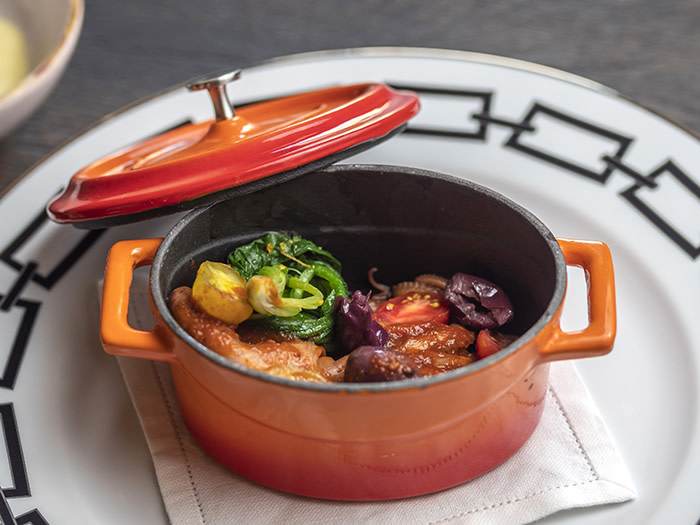
Mediterranean octopus poached in tomatoes and olives. Serves 6
- Remove the eyes and the beak of the octopus. Wash them thoroughly.
- Divide the 8 tentacles and cut the heads in half.
- Put them a large, 3-4-inch-deep baking pan.
- Cut the tomatoes in half and add them to the fish. Cut in segment the pitted olives and add them too along with the parsley leaves and garlic.
- Pour wine and oil and sprinkle with peperoncino.
- Cover with foil and bake at 180C for 20 minutes or more depending on the thickness of the tentacles. Do not add any salt.
- After that time, check for texture and seasoning. Serve with toasted bread.
Follow @FTLifeArts on Twitter to find out about our latest stories first. Subscribe to FT Life on YouTube for the latest FT Weekend videos
Comments